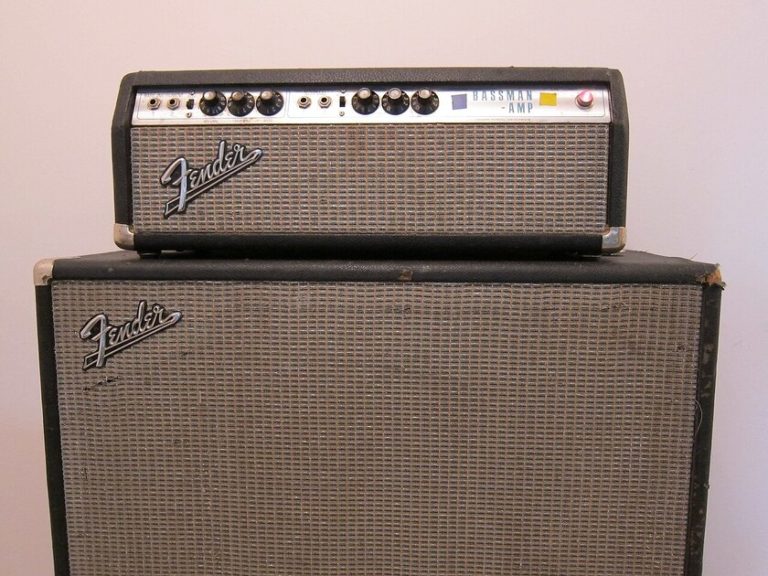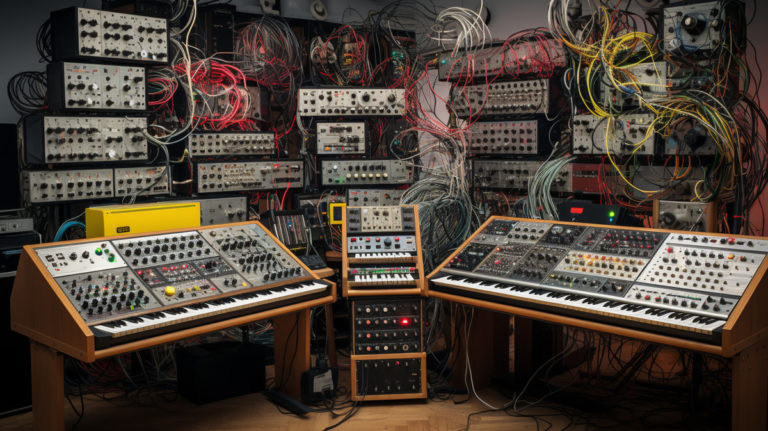Understanding the Depth of Waldorf’s Wavetable Synths
For decades, Waldorf has carved out a niche in the synthesizer world with its innovative approach to sound design and synthesis. At the heart of many of their most iconic instruments lies a technology that often bewilders newcomers and excites seasoned synth enthusiasts: wavetable synthesis. This article aims to provide a deep dive into the intricacies of Waldorf’s wavetable synths, breaking down key concepts, highlighting unique features, and illustrating the significance of wavetable synthesis.
What is Wavetable Synthesis?
Wavetable synthesis, at its core, is about playing back short loops or “waves” from a table of different waveforms, hence the name. These waves can be looped, morphed, or modulated to produce a vast array of sounds. It’s different from more traditional synthesis methods, such as subtractive, FM, or granular synthesis.
Imagine having a flipbook of images. As you quickly thumb through the pages, the images appear to animate and come to life. Wavetable synthesis operates on a similar principle but with sound waves. As you “scan” through different waveforms, you’re effectively morphing the sound in real-time.

Image by LiquidMolly (Flickr), Creative Commons Attribution-Share Alike 2.0 Generic.
Waldorf’s Legacy in Wavetable Synthesis
Waldorf’s association with wavetable synthesis can be traced back to the legendary PPG Wave synthesizers from the 1980s, designed by Wolfgang Palm. When the German company Waldorf was founded, they adopted and evolved this technology, bringing wavetable synthesis into the modern age.
Waldorf synthesizers have deeply permeated electronic music culture for decades. They’ve shaped sounds in genres ranging from ambient to techno, with iconic tracks like Depeche Mode’s “Enjoy the Silence” echoing their influence. Encouraging a culture of sonic exploration, artists such as Trent Reznor and Deadmau5 have utilized Waldorf’s technology to push musical boundaries. These synths, found in studios from Berlin to Tokyo, have also bridged the sonic divide between vintage and modern sounds, exemplifying their dual role as innovative tools and symbols of electronic music’s evolving narrative.
The Waldorf Microwave
The Microwave, introduced in the late 80s, was Waldorf’s first foray into wavetable synthesis. It took the core idea from the PPG Wave and housed it in a more compact and affordable module. The Microwave allowed users to scan through waves using modulators like LFOs or envelopes, which became a defining feature of Waldorf’s approach to wavetable synthesis.
Modern Wavetable Synths by Waldorf
Waldorf’s legacy did not stop at the Microwave. They’ve continually innovated and expanded their lineup with synthesizers that offer more than just wavetable synthesis. But for the purpose of this article, we’ll focus on their wavetable giants.
Waldorf Blofeld
The Blofeld is a testament to Waldorf’s dedication to advancing wavetable technology. It combines the classic wavetables from the Microwave and PPG Wave era with modern features, like a large OLED display for waveform visualization, and intricate modulation possibilities.
The Blofeld offers 64 wavetables, each containing 128 waveforms. This massive array of sound sources is a treasure trove for sound designers.
Waldorf Quantum
The Quantum represents the pinnacle of Waldorf’s synthesis technology. It’s not just a wavetable synth; it’s a hybrid machine with analog filters, granular capabilities, and, of course, a comprehensive wavetable engine.
By blending the wavetable engine with the granular sampler, users can create evolving soundscapes where sampled sounds morph seamlessly into complex wavetable textures.
The Significance of Wavetable Synthesis
With so many synthesis methods available today, why should one care about wavetable synthesis, and particularly Waldorf’s take on it?
Sound Diversity
Wavetable synthesis offers a vast sonic palette. From the classic PPG “glassy” pads to razor-sharp leads, wavetables cover a broad spectrum of sounds. Because of the seamless morphing between waveforms, wavetables can provide evolving textures that are hard to achieve with other forms of synthesis.
Efficiency
One of the strengths of wavetable synthesis is its efficiency. Because you’re dealing with short loops, wavetable synths are often less CPU-intensive than, say, granular or physical modeling synths.
Expressiveness
With the right modulation sources, wavetable synths can be incredibly expressive. Waldorf’s implementation often includes various modulators like LFOs, multi-stage envelopes, and complex modulation matrices. These allow users to animate wavetables in dynamic and musical ways.
Conclusion
Wavetable synthesis, with its roots deeply embedded in the PPG Wave synthesizers, found a dedicated torchbearer in Waldorf. Through their legacy and modern offerings like the Blofeld and Quantum, Waldorf has proven that wavetable synthesis is not just a relic from the 80s but a vibrant, evolving, and deeply expressive sound design tool for the modern age.
For anyone delving into the world of synthesis, understanding and exploring the depth of Waldorf’s wavetable synths offers a rich and rewarding sonic journey. Whether you’re looking for unique textures, efficient sound design, or expressive capabilities, Waldorf’s approach to wavetable synthesis is both a historical and contemporary marvel in the realm of electronic music.






2 Comments
Comments are closed.